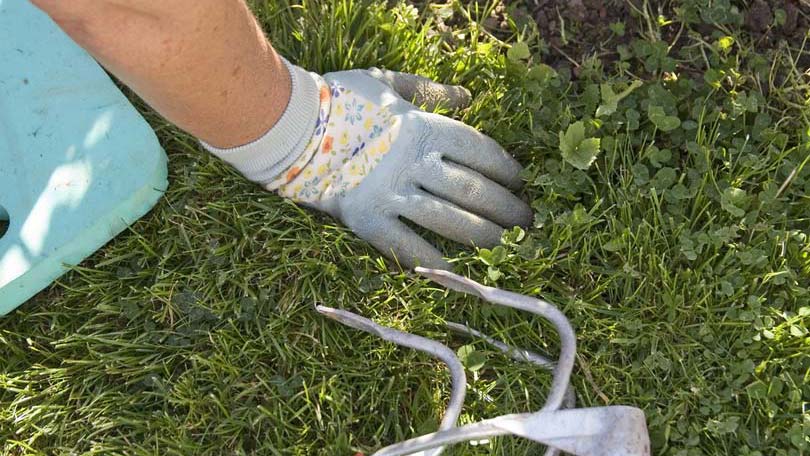
Is your yard yellow or patchy in places? Does it lack the zest and appeal of your neighbor’s? A cup o’ joe might just wake up your lagging lawn.
Coffee grounds are organic matter that add nutrients to the soil. They act as any fertilizer, amending dirt with essential components that tend to blanch through winter storms or annual growth cycles. Enrich alfalfa or rabbit tea with coffee grounds to compliment and maintain proper pH.
As with any ground shells or hulls, java beans can be worked into soil to improve aeration and drainage. This is especially effective on neglected, scalped or compacted clay soil.
Ground espresso beans will also help loosen the soil, thereby promoting improved absorbency of air, water and nutrients. They should not, however, be used as mulch because they are so fine and can blow away or impede absorption. Coffee grounds, on the other hand, make great mulch. Gardeners report trees, shrubs and flowers responding very well when mulched with coffee grounds.
Free Fertilizer
Free sources of coffee grounds are right under your nose. Recycle your own by adding the grounds to your compost bin. You can also save them in your garage until you get a large garbage can full, enough to cover your whole lawn.
Starbucks coffee shops usually offer their left-overs free for the taking. This is part of their corporate recycling program. Standard protocol has them empty their grounds into white trash bags behind the counter during the day. In the evenings, these are normally combined in a single bin at the back of the store.
Gardeners can ask for the white bags any time of the day – although people are not encouraged to interrupt busy sales times – and carry them slung over their shoulders right out the door. Espresso beans are specially packaged and offered near the entrance ways, also for free.
While coffee houses handle their waste in various ways, one thing remains constant—they all need to dispose of grounds. If your local espresso shop isn’t recycling this valuable organic material, guilt-trip them into allowing you to place a new collection bin behind their counter for that purpose. No extra effort is required of their employees. Owners will be recycling and can then advertise that they are environmentally friendly. Also, they’ll have less garbage to pay for.
Fill to the Brim
Standard fertilizer distribution can be used with coffee grounds. A spread rate of one cubic yard per 1,000 square feet of lawn is sufficient, although common practice varies. It can be applied in a very thin layer or more thickly, as you see fit.
While it’s very difficult to apply too much, don’t layer it on so thick that grass is covered or water is repelled. That will encourage a mushroom bloom that could become annoying. Also, earthworms go crazy for coffee grounds. Some people think they even become addicted to coffee for the same reasons people do. Worms tear through coffee grounds like any compost. They will eat through the equivalent of their own body weight every 24 hours. They are nature’s roto-tiller.
Worm castings are considered one of the best soil amendments in the world. Where there is an abundance of worms, however, there is likely to also be gophers to feed on the slimy bistro. Gophers are a natural part of a healthy ecosystem, but they are not usually welcome under your front lawn. If you’re working toward greater greens, make sure you plan ahead for handling the boom in gopher population that could follow.
Good to the Last Crop
Coffee grounds can be applied directly to the base of shrubs and trees, or worked into the top layers of flower and garden beds. When it comes to the lawn, homeowners quickly adopt personalized methods of spreading the crushed seed pods on their grass.
You might like the pile-and-sling method. Empty bags of coffee grounds in piles around your lawn. Grab shovels full and sling the seeds to all corners of your grass. You can also cut large holes around the base of a five-gallon bucket. Fill the bucket with the grounds. Twist and turn your wrists much like you would for spreading seed or chemical fertilizer.
Once the coffee grounds are spread over your grass, you can brush them in using a push-broom. You can also water the treated area. Don’t let coffee grounds cover up sprigs of grass since your lawn must see the light to remain green and plush.
For about a week after application, you will enjoy the energizing aroma of coffee in the heat of the day. Soon after, you’ll probably notice the color of your lawn deepen to a rich hunter green as the grass soaks up the breakfast brew. Reapply coffee grounds every month or two to your lawn or any plant that needs a pick-me-up.
